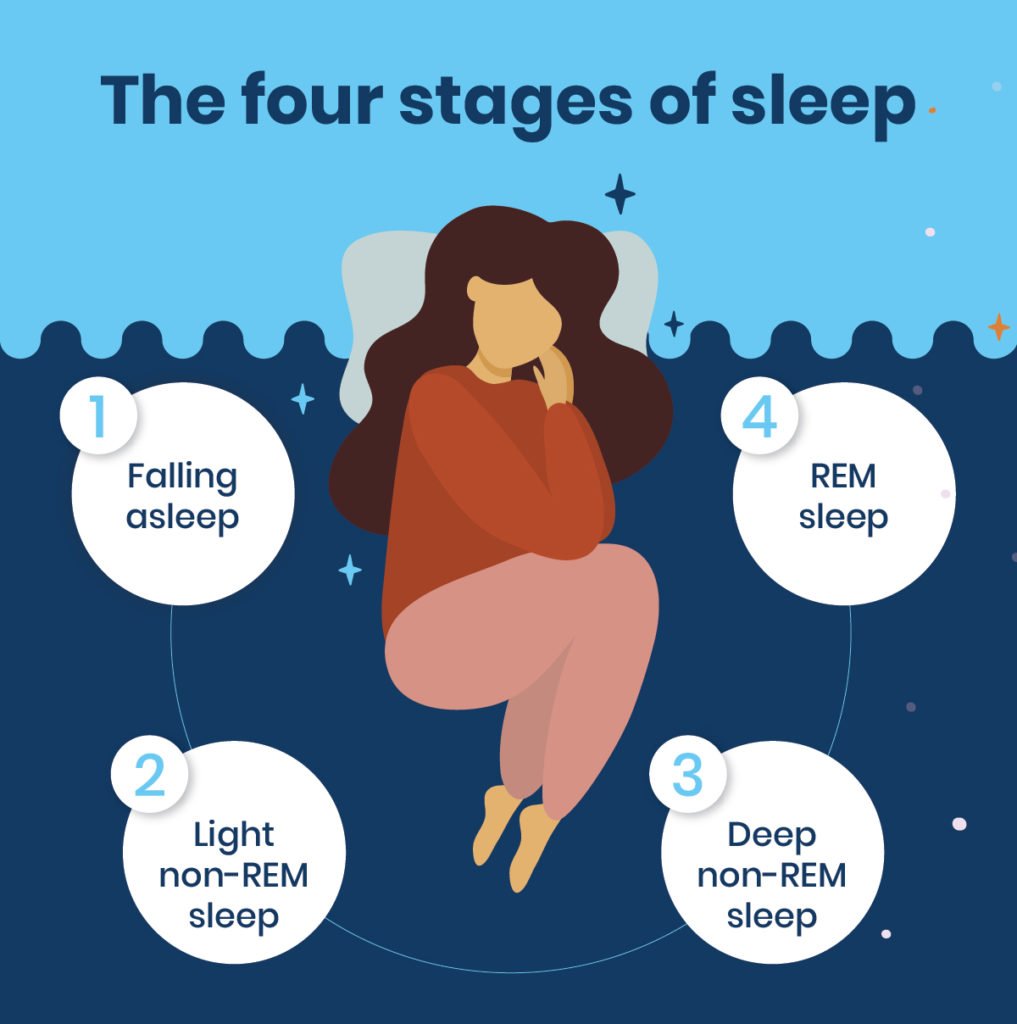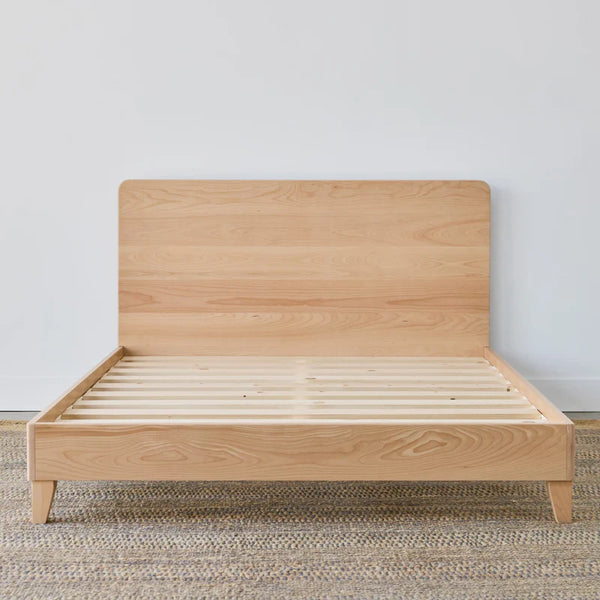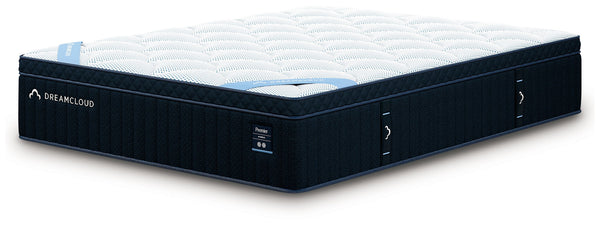
>What is Rapid Eye Movement REM Sleep?
Rapid Eye Movement (REM) sleep is a stage of restful rest among mammals, birds, and other vertebrates that involves dreaming with elevated vital signs (heart rate, blood pressure and breathing rates) during which some muscles (namely those involved with movement) may remain paralyzed but others are active and involved.
Call The Sleep Loft at (646) 400-5758
What is REM sleep?
REM (rapid eye movement) sleep is the stage most associated with dreaming. At this point, brain activity resembles wakefulness and it may help maintain memory and emotional regulation. Scientists first observed this pattern in infants; later discovering that adults spend about 25% of their sleep time in REM sleep.
Non-REM sleep typically involves slowing the heart rate and breathing as muscles relax. But during rapid eye movement (REM) sleep, brain activity is intense with rapid eye movement of eyes back and forth across the field of view - hence its name "rapid eye movement". Researchers believe REM plays an integral part in memory formation as well as learning processes.
Most adults typically cycle through several sleep cycles at night, lasting 90-120 minutes per cycle and typically including four to six REM and non-REM stages of restful slumber. As we get older, however, our sleep becomes lighter and less deep, but getting enough hours is still essential.
In REM sleep, most skeletal muscles become temporarily paralyzed - known as muscle atonia - which prevents you from acting out the dreams that emerge during this sleep stage. One exception are facial muscles which continue to contract normally during REM sleep in order to keep eye movements normal during REM sleep.
What happens during REM sleep?
At the outset of REM sleep, your eyes move rapidly back and forth beneath closed lids - this phase is often when dreaming takes place and brain activity increases dramatically, as does blood pressure and heart rate similar to when awake. At this time of sleep, the pons sends signals to the cerebral cortex (a part of your brain responsible for processing information) to suppress movements that might cause you to act out your dreams.
Slow-wave, or delta sleep, is the second non-REM stage. Your body utilizes this stage for numerous health-promoting tasks like cell proliferation and tissue repair - not to mention getting you into your deepest non-REM cycle of the night!
Sleep cycles typically consist of five to 10 minutes of light sleeping followed by three stages of non-REM sleep before moving into REM sleep, occurring several times throughout the night.
As well as helping with emotional processing, memory formation, and brain development, REM sleep also brings numerous other health advantages to the body. Ample amounts of REM can enhance immune system function as well as improving concentration, mood and energy levels - not to mention its ability to reduce depression risk and help develop new skills!
How much REM sleep do I need?
Your brain cannot perform its most essential functions without enough REM sleep; this includes dreaming, memory consolidation, emotional processing and healthy brain development.
At the REM stage of sleep, your body relaxes as your dreams unfold - the reason most of us don't remember our dreams the following morning! At this stage, skeletal muscles become immobilized but those needed for breathing and heart functions remain active - however.
Your specific REM sleep needs will vary based on who you are and where in life you are at the time, such as infants who tend to spend more time in this stage than adults do.
As you get older, REM sleep becomes less of a part of your overall sleeping patterns; by the time you reach 30 years old, perhaps only 25% of it may remain REM-rich.
Adults should strive to get at least 7 to 9 hours of quality restful sleep each night, including several cycles of both REM and non-REM sleep. If you are finding it hard to feel refreshed after sleeping for this amount of time, you may need to increase the length of each cycle or alter your schedule in order to feel properly rested.
Sleep apnea can drastically disrupt your normal sleeping cycle and leave you missing out on important REM time. If this is something that has you up in arms, contact us to see how we can help improve and strengthen your restful slumber for good!
What are the risks of not getting enough REM sleep?
Non-REM sleep is the initial stage in your sleep cycle, when your body prepares to enter REM. At this time, heart rate, breathing, eye movements and muscle activity all decrease before entering REM; should you wake during this stage you may feel disoriented and groggy; this period also typically contains vivid dreams; typically beginning about 90 minutes into each sleep cycle and accounting for 20-25% of total time spent asleep.
REM sleep is active for the brain and acts similarly to being awake. Learning that occurred throughout the day becomes imprinted onto long-term memory during this stage; studies have demonstrated that without enough REM sleep you will struggle to recall what you learned that day as well as developing new skills effectively.
Lack of REM sleep can have devastating consequences for your mood, appetite and concentration as well as increasing the risk of obesity, depression and anxiety. Furthermore, not getting enough REM can impact your immune system negatively and it is best to go to bed earlier and remain asleep for longer. To get more REM, avoid caffeine or alcohol before bed time as these products will suppress this stage of restful slumber.
https://healthysleep.med.harvard.edu/need-sleep/whats-in-it-for-you/mood
https://www.medicalnewstoday.com/articles/322994
https://www.manifatturafalomo.com/blog/sleep-tips/ideal-hours-of-sleep/
Call The Sleep Loft at (646) 400-5758









